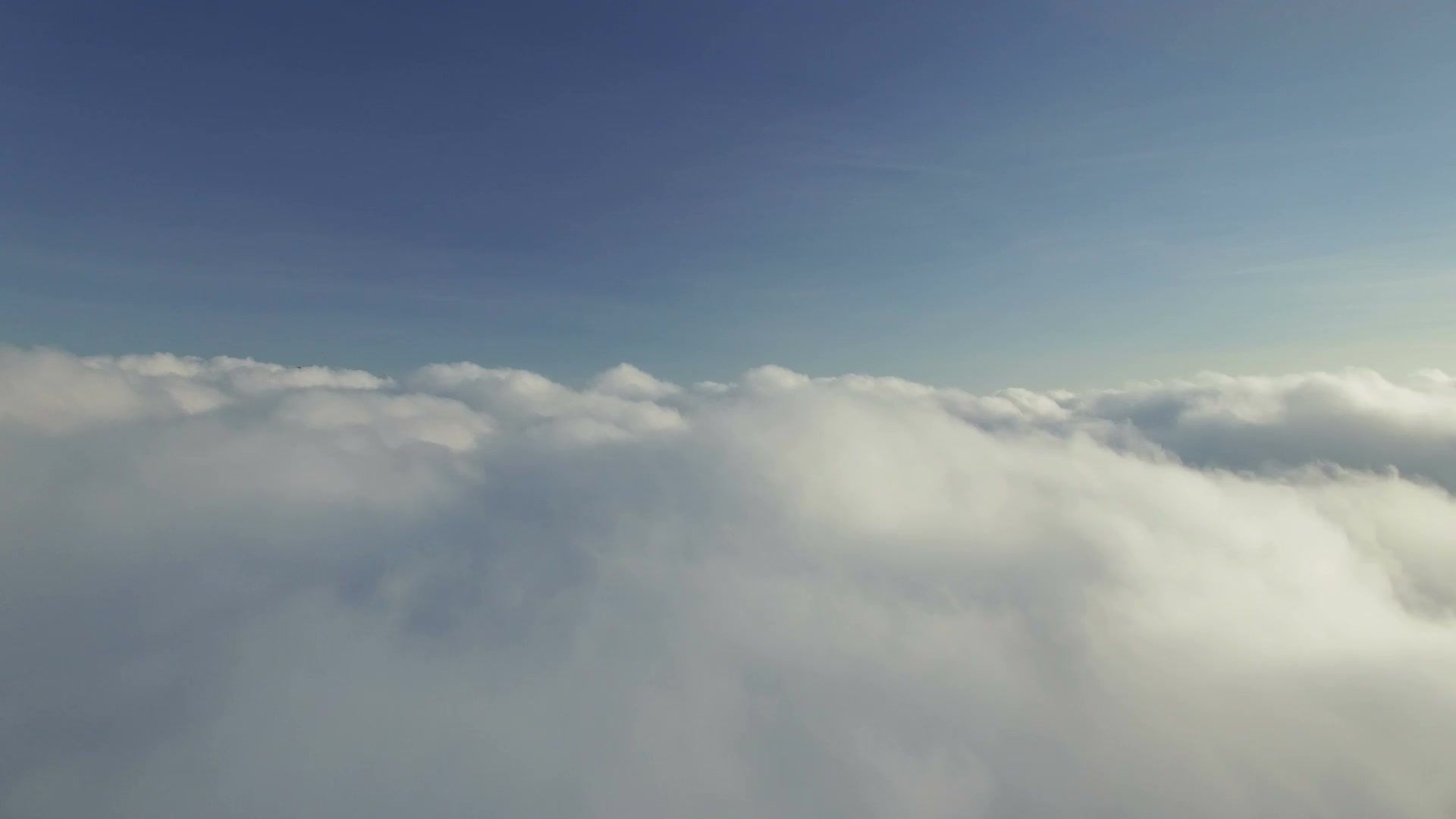
Asset
-
Datasets:
-
Our primary dataset is the CORGIS UFO sightings database, which offers comprehensive details about sightings, including location, date, durations, and descriptions.
-
Graphs of visualizations of the data in UFO sightings dataset
-
Maps of locations of UFO sighting incidents across different states, highlighting geographic hotspots
-
-
Scholar Articles:
-
We will incorporate scholar articles discussing UFOs and related social issues as well as suspicions from Digital Humanities class and University of California, Berkeley library.
-
Risam, R., “Beyond the Margins: Intersectionality and Digital Humanities”
-
Theory: Reader-Response Criticism
-
Williams, G. H., “Disability, Universal Design, and the Digital Humanities”
-
Manovich, L., “What is Visualization?”
-
Antonio, F. J., Itami, A. S., Dalmedico, J. F., & Mendes, R. S. (2022). On the dynamics of reporting data: A case study of UFO sightings. Physica. A, 603, 127807. https://doi.org/10.1016/j.physa.2022.127807
-
Spanos, N. P., Cross, P. A., Dickson, K., & DuBreuil, S. C. (1993). Close encounters: An examination of UFO experiences. Journal of Abnormal Psychology, 102(4), 624–632. https://doi.org/10.1037/0021-843X.102.4.624
-
Stubbings, D., Ali, S., & Wong, A. (2024). Who sees UFOs? The relationship between unidentified anomalous phenomena sightings and personality factors. Journal of Scientific Exploration, 38(1), 11–27. https://doi.org/10.31275/20243153
-
Lukinbeal, C. (2021, August 1). Understanding Patterns of Extraterrestrial Phenomena: An Exploratory Spatial Analysis of UFO Sightings Throughout the Contiguous United States from 1910-2014. https://repository.arizona.edu/handle/10150/661331
-
-
-
Videos
-
We will provide videos, including movies, and photographs discussing historical UFO sightings events and imagining unknown intelligent lives, with subtitles and explanations of them.
-
Movie List:
-
Ariel Phenomenon
-
I Know What I Saw
-
Love & Saucers
-
Mirage Men
-
Moment of Contact
-
-
-
Infrastructure: we used google document, sheet and drive storage solutions to manage and store our data securely, ensuring easy access and collaboration among team members.
-
Newspapers and media posts:
-
We will utilize declassified military reports and government documents to provide context to both validate and reject information from the dataset. In this case, we will also incorporate scans of historical documents, images, and text files to enrich our dataset and provide a more comprehensive view of UFO sightings, including people’s reactions on media posts to see how Reader-Response Criticism theory is embodied in this process.
-
https://www.esd.whs.mil/Portals/54/Documents/FOID/Reading%20Room/UFOsandUAPs/2d_af_1.pdf
-
Norman, G. (2024, June 18). “Mysterious” Las Vegas monolith appears in desert. Fox News. https://www.foxnews.com/us/mysterious-las-vegas-monolith-appears-desert
-
UFOs and Aliens among us | Life on Other Worlds | Articles and Essays | Finding our Place in the Cosmos: From Galileo to Sagan and Beyond | Digital Collections | Library of Congress. (n.d.). The Library of Congress. https://www.loc.gov/collections/finding-our-place-in-the-cosmos-with-carl-sagan/articles-and-essays/life-on-other-worlds/ufos-and-aliens-among-us
-

For the reason of choosing UFO sightings as our dataset, UFO sightings have long been one of the most mysterious phenomena that scientists have spent so long to explore and research on. The discovery and acknowledgement of UFO sightings means an affirmation of another spotted intelligent life in the universe. We believe it would be helpful and interesting to have a site with a collection of UFO Sightings data and, more importantly, a visualization of all the data and time to provide a more direct interaction with the past encounters of UFOs.
We are able to use intersectionality theory to understand our current society. First, we could perform research on the effects of UFO sightings on social media. How does each UFO sighting event affect the public opinions and government decisions and actions. Does the government make a hidden project regarding UFO events? The intersection between politics and the public could be very complex because we do not want to create malicious public opinions that lead to an unstable society. Also, gender studies could play a significant role here because people generally think men are more attracted to the scientific fiction and outer space related contents but there are many excellent female scientists and contributors that make significant progress on UFO researchers. How can we conclude the different opinions from each gender and understand the bias of this topic?